CASTRO AND THE TAMPA MAFIA CONNECTION
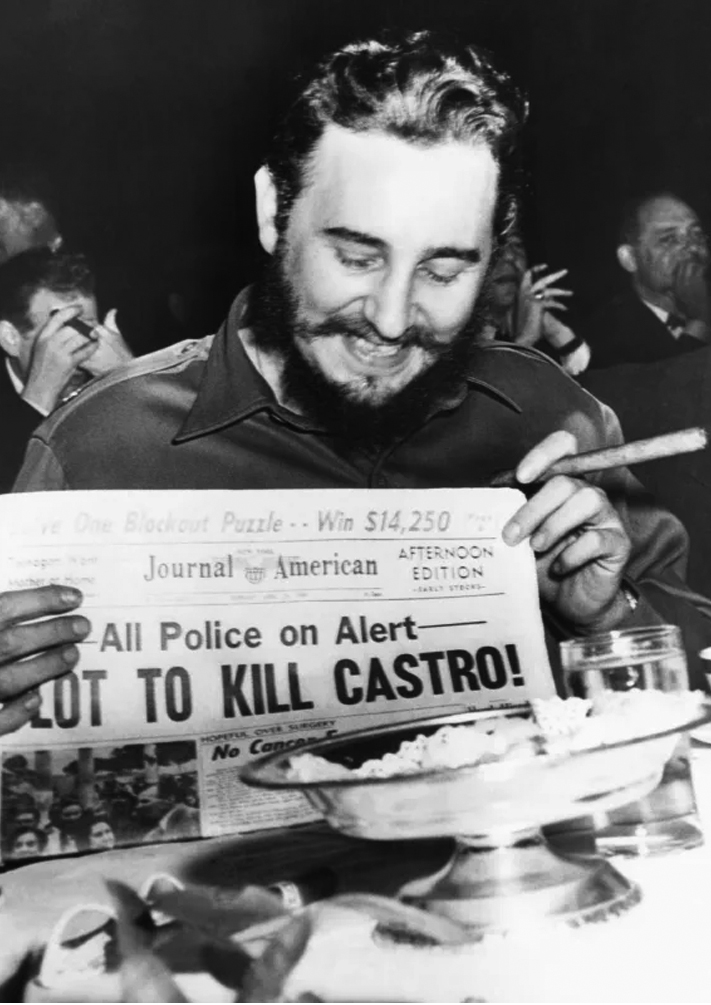
Upon reviewing the total failure of the CIA’s persistent efforts to kill Fidel Castro, many odd tributes have been offered to the American character, but few rival that of Sen. Walter Mondale. “Thank God,” he said, “we’re just not very good at that sort of thing.”
Most seemed to draw the same reassuring conclusion. Even the American Mafia dons recruited by the Agency to carry out Castro’s execution was seen as too incompetent to be evil.
The portrait drawn by the Senate Intelligence Committee casts them more in the light of characters out of “The Gang that Couldn’t Shoot Straight,” after never getting around to taking Castro out.
Such interpretations of these deadly undertakings are undoubtedly comforting, but they are unlikely to be more than exercises in wishful thinking. To begin with, then Sen. Robert Morgan said, “the theory that prevailed in the Senate Intelligence Committee was the Mafia never tried to kill Castro, that we were being used.”
DOUBLE AGENTS
The committee did not pursue this, but an independent examination of the available record of one of the key Mafia figures involved in the plot makes us consider the troubling possibility that at least some of the CIA Mafia associates were working with Castro.
Such a combination would hardly have seemed likely in 1960 when the CIA set out to recruit the Mafia. Almost all the prominent underworld families had invested heavily in Cuba, and Castro was fast moving to seize their holdings.
He had even put some of their members in jail. The Mafia’s willingness to do the CIA’s dirty work would not then have required an explanation.
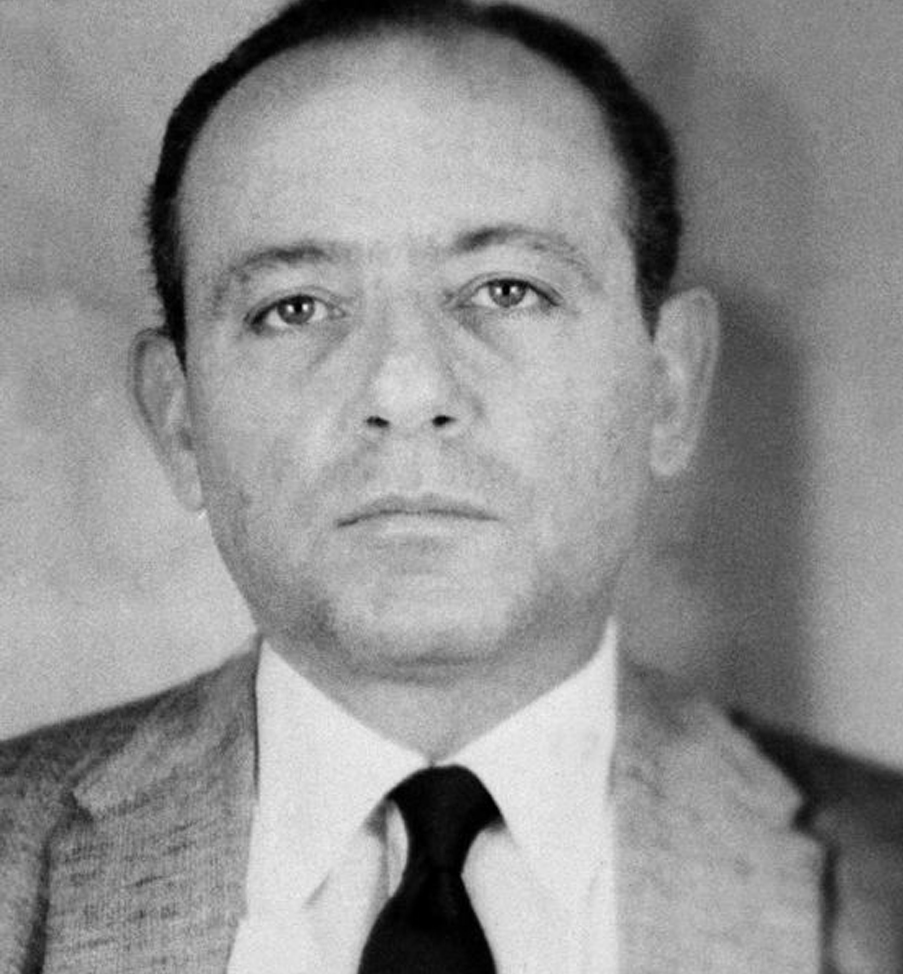
Trafficante is generally identified as the don of South Florida, but he is also one of the chiefs in the Mafia’s loose national confederation.
Once the Agency decided to turn to the mob, it was inevitable that Trafficante’s assistance would be sought. Alone among the chief dons, he had lived in Cuba.
He had built a large organization there and still had several associates in Castro’s Havana. Moreover, his professional experience made him ideally suited for assassination work.
GAMBLING
Trafficante was one of the major crime bosses in the United States and had been the don most deeply affected by Castro’s revolution.
Castro had seized the gambling casinos, and Trafficante was jailed in Cuba. Such a man might have contemplated taking on Castro independently. In 1960. when Trafficante accepted his CIA commission, Castro’s days should have been numbered.
The initial plot called for poisoning Castro in his favorite Havana restaurant, where one of Trafficante’s men worked. The CIA’s Technical Services Division supplied deadly botulinum toxin, which Robert Maheu, coordinating the mob’s efforts for the CIA, passed to an exile associated with Trafficante in Miami Beach.
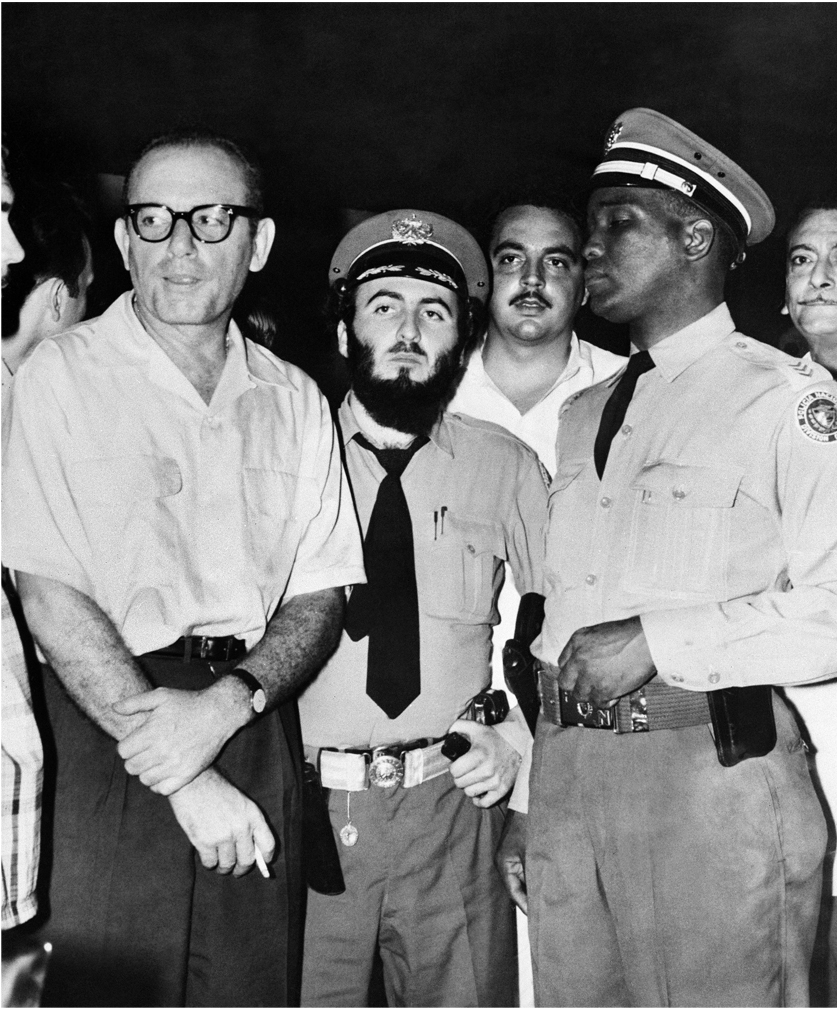
From there, Trafficante’s courier was to deliver the poison pills to the man in the Havana restaurant.
This occurred in March-April 1961, just before the Bay of Pigs. Accounts vary as to why the plan failed. One version is that the authorization to administer the poison never came through; another is that Castro stopped going to the restaurant.
The CIA’s deputy inspector general, Scott Breckenridge, proposed the most intriguing theory to a Senate staff member. Breckenridge, responsible for investigating the CIA-Mafia plot, maintained that Trafficante had provided Castro with plot details.
But why Santo Trafficante, of all people? One possible explanation is proposed in a July 21, 1961, report on Trafficante by the Federal Bureau of Narcotics: “There are unconfirmed rumors in the Cuban refugee population in Miami that, when Fidel Castro ran the American racketeers out of Cuba and seized the casinos, he kept Santo Trafficante Jr in jail to make it appear that he had a personal dislike for Trafficante. When in fact, Trafficante was an agent of Castro. Trafficante is allegedly Castro’s outlet for illegal contraband in the country.”
ALEMAN
To those only loosely familiar with Cuba in the 1950s and the Mafia’s the intricate role there makes it absurd to suggest that the underworld collaborated with Castro’s intelligence.
It was a time when thousands of enemies of the revolution (and Trafficante seemed to fall into this category) were being summarily taken out and shot.
The Bureau of Narcotics report suggests the possibility that he had agreed to work with Castro and that the jailing was designed to provide cover. But officially, he got out of Cuba thanks to the services of his resourceful lawyer, Rafael Garcia Bango.
Bango is another excellent example of that era’s ambiguities, not least because his brother Jorge was and is one of Castro’s closest friends and advisers. (He’s Castro’s regular handball partner and is the minister of sports, a prestigious post in Cuba.)
For the next part of Trafficante’s history, we must turn to Jose Aleman, an exile in Miami who became involved with Trafficante in 1962 through his cousin, Garcia Bango.
Aleman had been a rich young revolutionary in Havana, one of the leaders of the almost successful 1957 attack on Batista’s presidential palace.
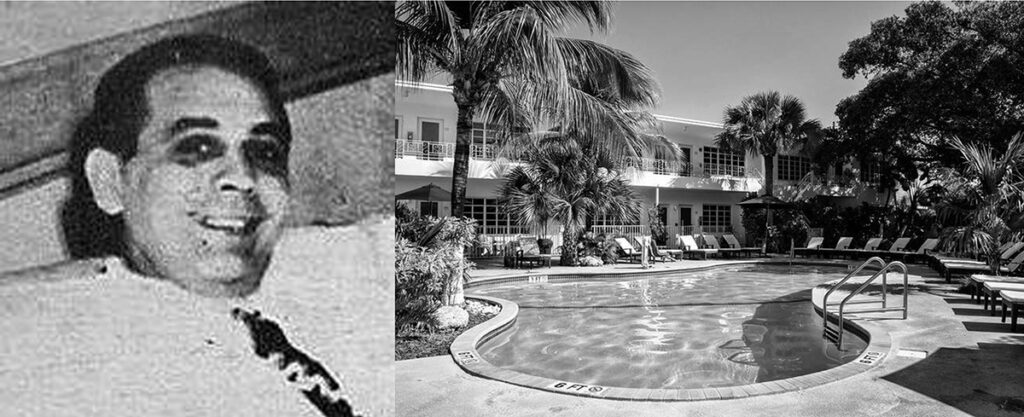
His then considerable wealth had enabled him to maintain a base in Florida, where he owned the Tradewinds Motel and other Miami real estate. The Tradewinds figured prominently in the revolution, and by 1957 most leading Havana revolutionaries had fled into exile, including many of Castro’s followers, and most ended up staying in Florida at Aleman’s expense.
After the revolution, Aleman returned to Cuba and stayed a year, but was forced into exile again–this time as a counter-revolutionary.
On arriving in the United States, he was met by FBI agent George Davis with a subpoena to appear as a witness against a Mafioso named Norman Rothman on trial in Chicago.
Aleman had frequent dealings with the Mafia when buying guns for the revolution. He had met Rothman in 1958 when trying to save his Cuban investments by ingratiating himself with the anti-Batista forces.
Rothman offered to flood Cuba with fake currency to bankrupt the economy and maintain his gambling operations.
Aleman had rejected his offer. He tried to avoid testifying, but the FBI reminded him that if he did not cooperate, he might be subject to prosecution for illegal gun-running.
Aleman’s relationship with the FBI had initially been hostile. The Tradewinds “was an armed barracks,” explained George Davis, who was assigned to monitor the exile activities, and the FB I had tried to close it down.
But by late 1958, the Bureau had cause to change its mind. Aleman had visited the State Department to warn that Fidel Castro was a Communist. In addition, he persuaded one of the Communist revolutionaries staying at the Tradewinds to brief the FBI on the nature of the party in Cuba.
This put Aleman in good standing with the Miami FBI office, notably after Castro revealed his political affiliations. And after his testimony in the Rothman trial, Aleman’s relationship with the Bureau grew very close.
After his appearance at Rothman’s trial, Aleman continued to meet regularly with his contacts at the FBI to report on exiles he suspected of being Castro agents. He also told them of an extraordinary series of meetings with Trafficante.
BROKE
When Aleman’s father died, his stepmother inherited most of the fortune. However, the inheritance taxes were so high that Jose Jr (who had already lost his land holdings in Cuba to the revolution) was forced to sell the Tradewinds. By 1962 he was in debt, with his only asset, the three-story Scott Bryan Motel in Miami Beach.
In September 1962, an old revolutionary colleague who rented an apartment at the motel told Aleman that Trafficante wanted to see him.
The colleague explained that Trafficante felt indebted to Aleman’s cousin, Garcia Bango, and he wanted to express his gratitude by helping Aleman out of his financial difficulties.
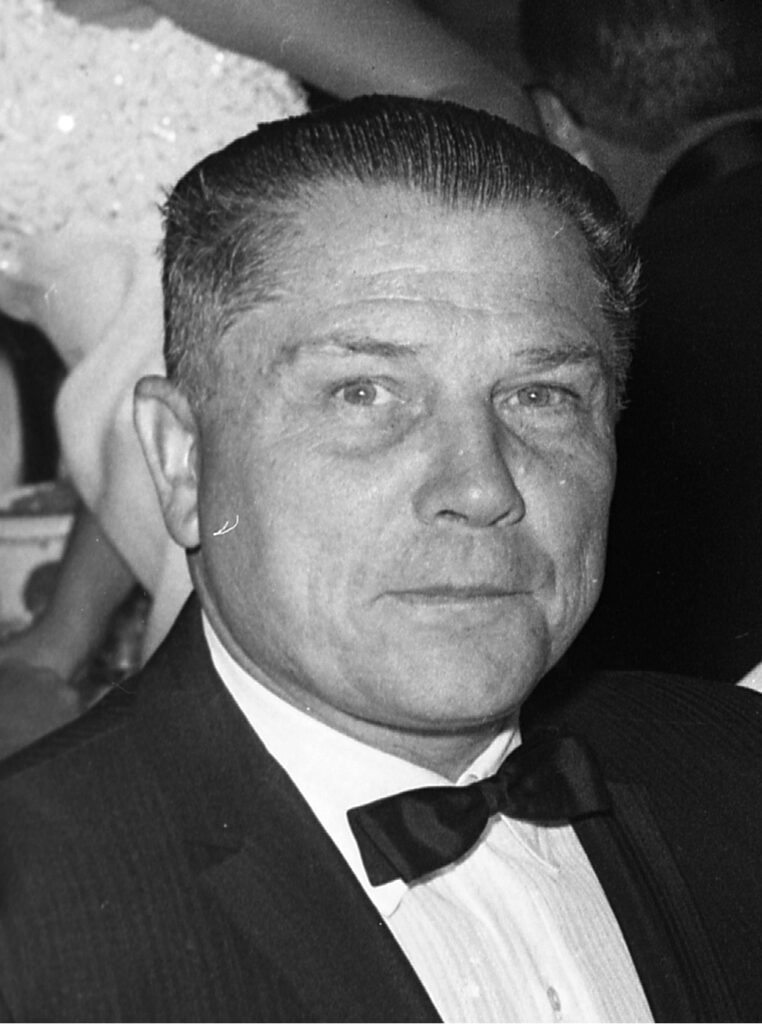
He was prepared to arrange a sizeable loan from the Teamsters Union. However, Aleman’s friend assured him that the loan was perfectly legal and had already been cleared by Jimmy Hoffa.
Aleman was understandably wary, mainly since he had recently testified against a Mafia leader. But sure enough, the Tampa godfather did visit Aleman at the Scott Bryan Motel and offered him a loan of $1.5 million to replace the dilapidated motel with a 12-story glass wonder, complete with a penthouse apartment for Aleman.
Aleman says that Trafficante spent most of the evening philosophizing. “He spoke almost poetically about democracy and civil liberties.” But then he turned to the Kennedys: they were not honest, they took graft, and they did not keep a bargain. He complained about their attacks on his friends, saying, “Have you seen how his brother is hitting Hoffa, a man who is a worker, not a millionaire, a friend of the blue collars? He doesn’t know that this kind of encounter is very delicate. Mark my words, this man Kennedy is in trouble, and he will get what is coming to him .”
Aleman says that he argued that Kennedy would get re-elected, and Trafficante replied, “No, Jose, he is going to be hit.”
MORE VISITS
Aleman says that he reported this conversation to his FBI contacts, who expressed interest only in Trafficante’s business proposals. Aleman assumed that they dismissed the Kennedy warnings as gangland braggadocio.
For the following year. Trafficante used the Scott Bryan as his business headquarters, renting an apartment whenever he came to town. Aleman met with him frequently to discuss the Teamsters loan and Trafficante soon began to lead Aleman into other kinds of conversations and to introduce him to other Mafia figures like Angelo Bruno of Philadelphia.
Like his FBI contacts, Aleman needed help to figure out what Trafficante was doing. But he played along, hoping the loan would come through. Also, the FBI considered his information valuable, and he was pleased to be of service.
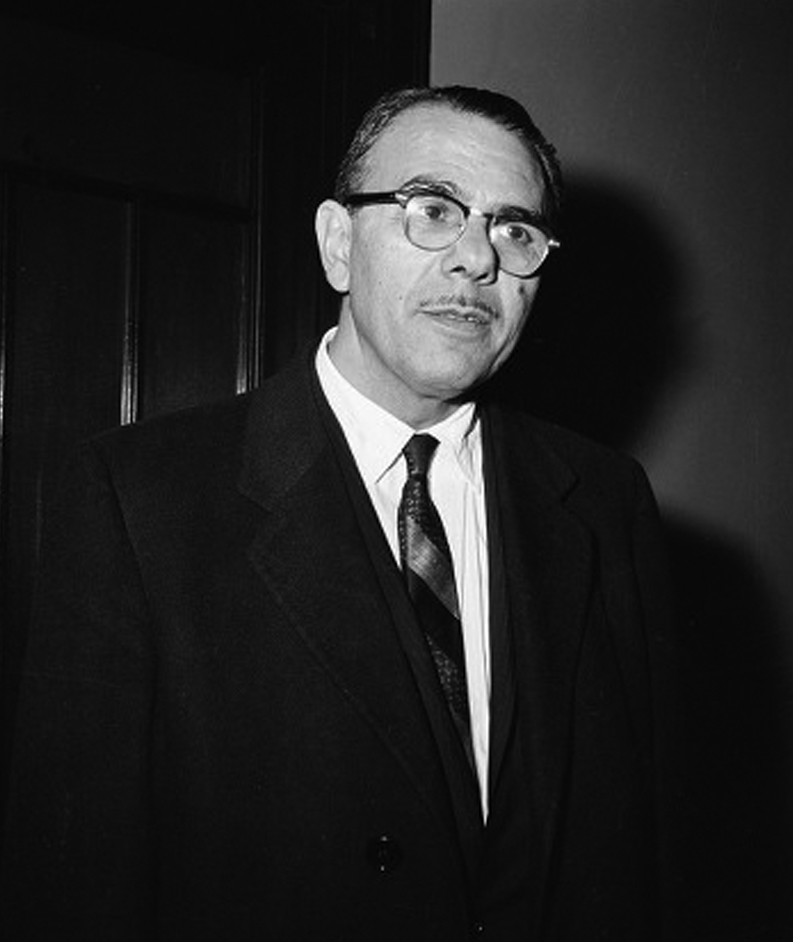
Starting in late 1962 and continuing through the summer of 1963, Aleman says that three Cubans he had known til Havana and at the Tradewinds, who had gone to work for Castro after the revolution, appeared in Miami and then left for Texas.
He suspected them of being Cuban agents and told the FBI this. “I advised the FBI in long conversations that I thought something was going to happen…I was telling them to be careful.”
By this time, Aleman says he was meeting quite frequently with his FBI contacts. They listened to what he said but rarely seemed interested in his speculations.
About the end of October 1963, the same exile who had introduced Aleman to Trafficante asked Aleman to sign a petition bitterly critical of President Kennedy.
Aleman was no great admirer of the Kennedys. Nevertheless, he signed the petition but immediately had second thoughts, especially when it was reproduced in several Cuban newspapers in Miami.
CONFIDENTIAL
On the day of the Kennedy assassination, Aleman arrived home to find that the FBI had telephoned. “I was worried they might suspect me because of the petition.” But they were interested in Trafficante’s previous statement that Kennedy would be a “hit.”
“Two agents (Aleman is quite certain one of them was Paul Scranton) came to see me. They wanted to know more and more. I finally had to tell them he didn’t say he was going to do it lie just said Kennedy was going to get hit.”
The agents stayed until they had explored every possible angle and then told Aleman to keep the conversation confidential.
The only source for all of this is Aleman, who claims that he repeated everything to various officials of the FBI, especially George Davis and Paul Scranton. Both agents declined to comment on Aleman’s conversations with Trafficante.
Scranton explained he would have to have clearance; “I wouldn’t want to do anything to embarrass the Bureau.
In seeking to destroy both the Castro regime and the Mafia empire, the Kennedys had aroused two desperate enemies with a tradition of violence and covert action.
Proof that either was connected with the assassination of President Kennedy has never been produced. But their traditions and their predicament when Kennedy was assassinated make either eligible suspects.
And when the two-front war that the Kennedys were waging was viewed through the experience of Santo Trafficante, it becomes at least interesting to speculate on the possibility of these two powers operating in concert.
THE JACK RUBY CONNECTION
The possibility becomes even more intriguing if one takes seriously a memorandum to the director of the CIA recently declassified from the Warren Commission files.
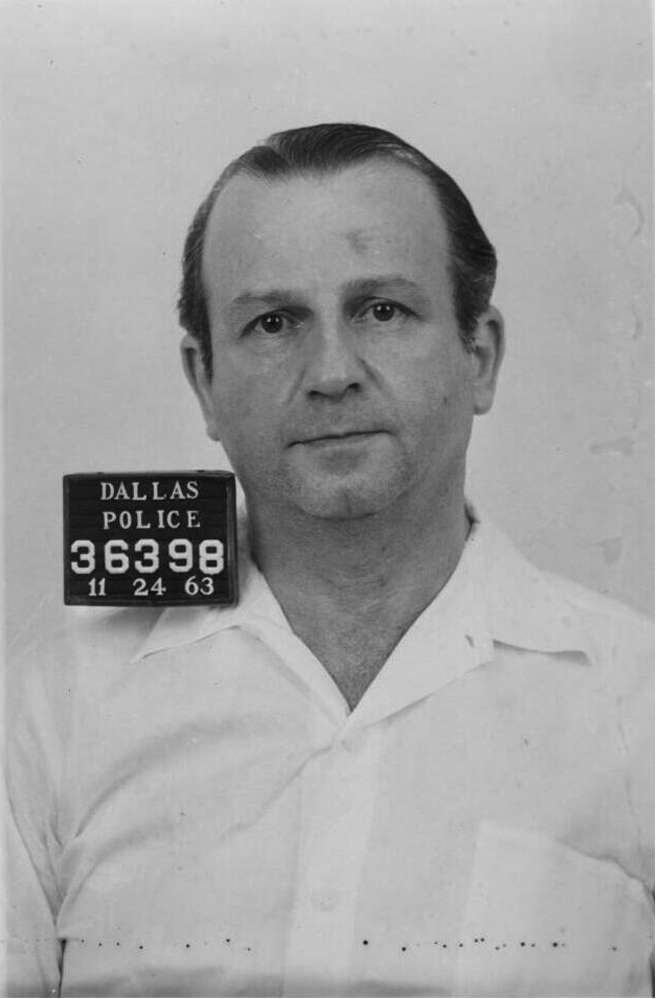
It reports the conversation with a British journalist. John Wilson (also known as Wilson-Hudson) at the American Embassy in London just four days after Kennedy was killed. Wilson said that in jail in Cuba after the revolution in 1959, he had met an American “gangster-gambler named Santos who could not return to the U.S.A. because several indictments were outstanding against him. Santos opted, therefore, to remain in prison for a while, paying Castro dollars for his rather luxurious and nonprison-like accommodations while Santos was in prison,” Wilson says, “Santos was visited by an American gangster-type named Ruby.”
It is tempting to make much of such a document, but more about what the English journalist needs to know about the memo and Jack Ruby’s travels before any conclusions can be made.
Probably the only witness who could help answer the questions raised here are the CIA’s old Mafia associates.
The Church committee only managed to interview one of them, John Roselle. Sam Giancana, who was due to give his testimony, was executed the day before. Santo Trafficante was never called as a witness. The committee staff claimed he could not be found.
None of the extraordinary possibilities that have surfaced here offer a documentable refutation of the sole assassin theory. As in all such explorations touching on the Kennedy assassination, the trail goes cold as it approaches Dallas.
But that does not mean that there was not a conspiracy. There’s simply no assurance that conspiracies, when they exist must inevitably come to light.
CONCLUSION
In 1976, the Express-News published a story that suggested firmly that the CIA might have been implicated in the murder of President John F. Kennedy. It was implied the agency needed Kennedy out of the way to pursue unimpeded efforts to use the Mafia to assassinate Cuban President Fidel Castro. This story confirms the CIA-Mafia connection. But it includes additional evidence suggesting the Mafia may have been playing both sides of the game, keeping Castro informed of CIA intentions. It supports the theory that Castro, not the CIA, arranged JFK’s assassination.
